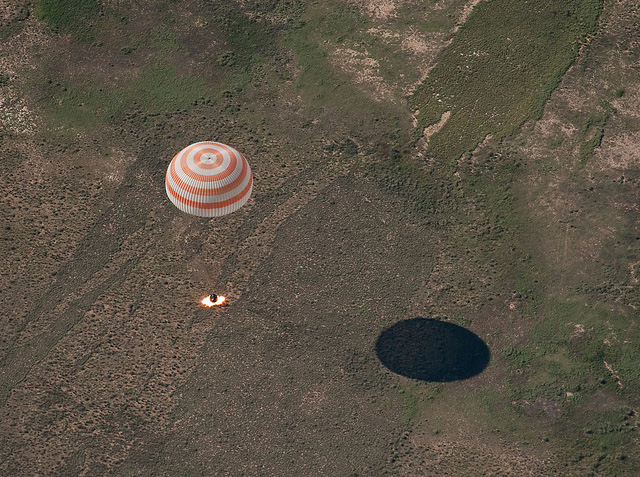On the 30th anniversary of the Challenger explosion, NPR interviews one of the scientists who failed to persuade NASA officials that launching the space shuttle would be a disaster. My daughter wants to know where the astronauts died—in the sky or in the ocean. She asks to see body parts, believing pictures of everything she imagines exist on my computer. Probably they do.
We look at Christa McAuliffe in a blue jumpsuit. Her permed hair reminds me of the crying teachers who huddled together in the hallway of my elementary school. And of my mother, who watched the terrible footage with me when I got home.
The next morning my daughter vows to be a “rocketship scientist.” She will tell the astronauts that the spaceship shouldn’t go up in the sky. They’ll listen to the rules and they won’t have to die.
*
There is too much silk, so I sew my mother a parachute. I think thick seams might hold more air, keep her aloft.
We pull out her IV and strap the parachute to her back, then climb steep red stairs to the attic. I open a window. She sighs. Wind catches her breath and the canopy fills.
Dense clouds weight the sky. The canopy crumples from its apex. Tumors drop from my mother’s torso, as if she is being slowly wrung out. Updrafts snap against silk, until the parachute is an orange husk on snow.
Click here to read Jessica Bozek on the origin of the poem.
Photo “parachute” by Duncan Hull ; licensed under CC BY 2.0
- HOW TO COME BACK TO EARTH - October 30, 2016


